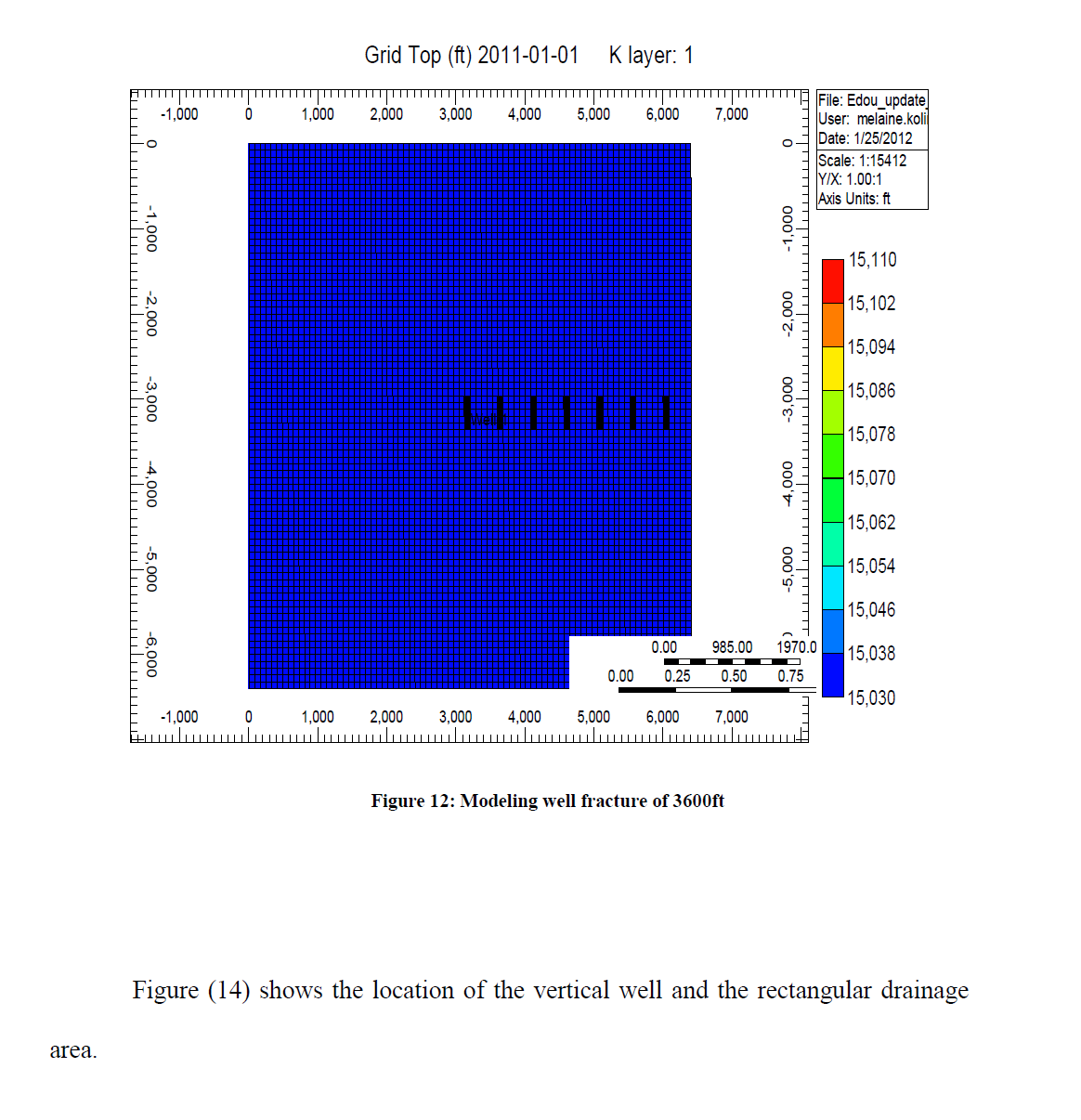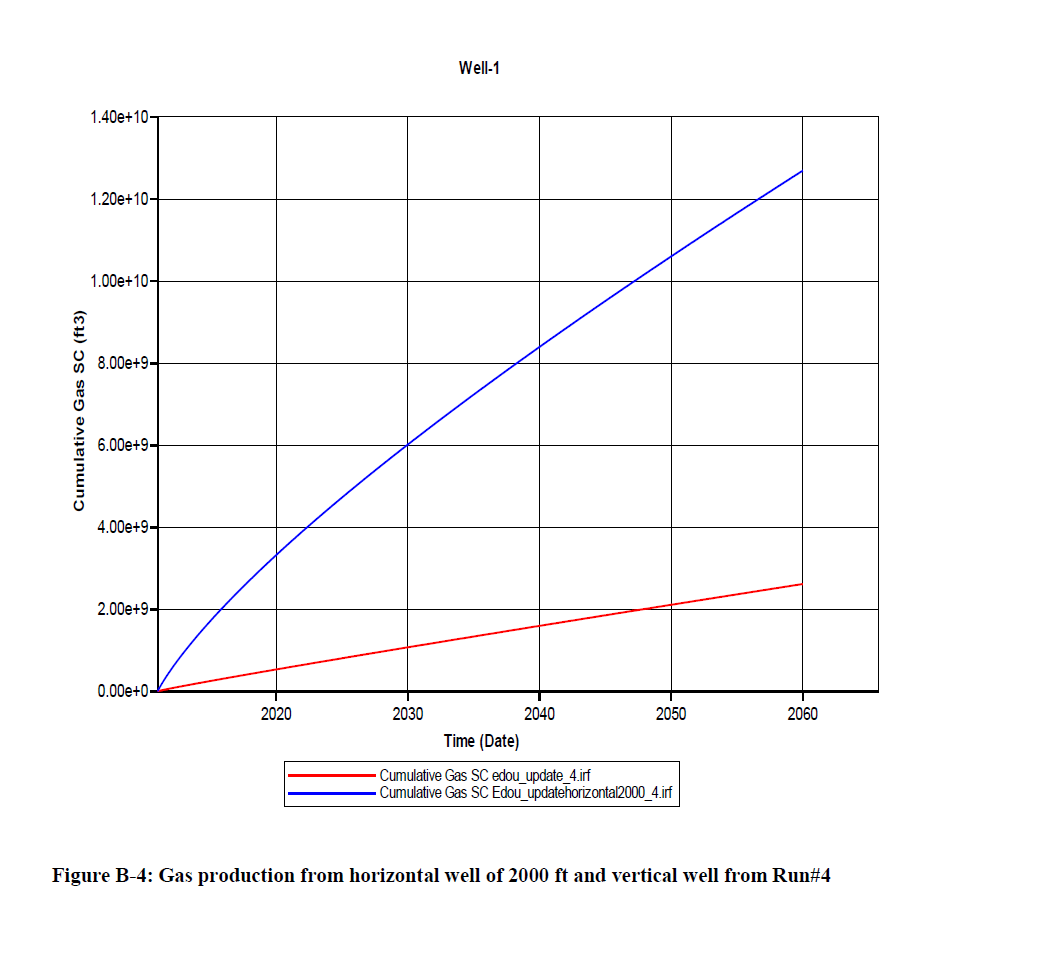Impact of relative permeability on the outcomes of natural gas production production from low permeability r om low permeability reservoir
Tight Gas Reservoir (TGR) is one of the primary types of unconventional reservoirs now accounting for about 25% of US gas production. The complexity of the reservoir leads to low productivity issues and thus there is a need to thoroughly understand all the parameters of uncertainty. One of the prime factors affecting productivity is the relative permeability. In this study, the effect of relative permeability on cumulative gas production for gas-water phase was studied in detail using a numerical computer simulation study.
In an effort to comprehend the impact of the relative permeability on gas production over the life of these reservoirs, the effects of the relative permeability curve on cumulative gas produced from different types of wells were evaluated using field data obtained from 11 different relative permeability curves generated by Corey’s correlation. Unlike many previous studies that simply assume a linear shape, the relative permeability curves used for our study are quite non-linear. In this study, commercially available software, simulating multi-phase flow is used to determine the impact of relative permeability on gas-water two-phase flow for two different well designs: a horizontal well with and without fracture treatments and a vertical well. Additionally the volume of water production was also varied. The model has been run for 60 years to predict gas production. Finally, results showing the impact of the relative permeability on the predicted gas production have been discussed.



